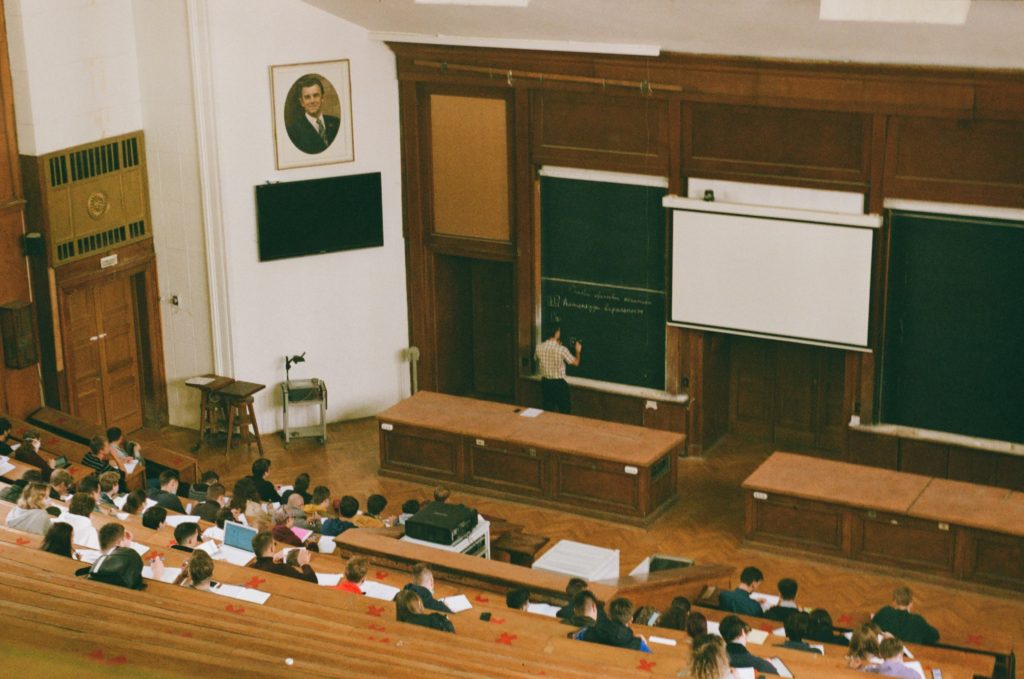The college admissions process has always been… unusual. And in a year that can only be described the same way, the system has changed dramatically, shifting into an unfamiliar format with new challenges for most students. Over the past few months, seniors have waited with heightened anxiety to find out if their grueling work throughout the past four years paid off. Meanwhile, the world was exposed to a new kind of college admissions cycle as society began to question the way students are accepted into college in the first place.
Almost every aspect of the process had changed during the last year. In the spring of 2020, when Covid-19 had just hit, testing sites were completely shut down, meaning that students were unable to submit scores, and as a result, 75% of US colleges ended up waiving testing requirements. These changes may predict future trends, as the College Board has gotten rid of SAT Subject Tests and the optional essay. Getting rid of these sections, which have long been yet another barrier of entry to low-income and first-generation students may point to further changes in standardized testing, especially as the Varsity Blues college admissions scandal continues to highlight the inequity of the system.
As college campuses remain closed to visitors, and people remain cautious of traveling across the country, some students are also having to choose where to go without ever having visited the campus. Virtual tours and information sessions are one accessible alternative that may continue even after the pandemic ends. Still, without being able to really interact with a campus, it’s difficult to measure what the students are like, making it difficult to choose. Not only are in-person tours disappearing, so is athletic recruiting. With seasons being canceled or restricted in at least 30 states, college athletes have fewer chances to impress recruiters, meaning it’s harder to stand out and earn chances at scholarships. Because of this, many are turning to social media to demonstrate their skills and try to reach any audience they can.
These changes have meant application rates have taken strange turns across the board. Highly selective colleges, such as those in the Ivy League, saw tens of thousands of additional applicants compared to standard years, likely as a direct result of standardized test results no longer being required, meaning students may believe they have a better chance at getting in. However, the number of people these elite institutions accept isn’t changing, meaning acceptance rates are falling. For example, applications to Columbia University increased by 50%, but acceptance rates dropped from 6.1% to 3.7%.
For local and community colleges, however, the complete opposite is happening. Enrollment rates have dropped by nearly 10% from past years, with applications among Black and Hispanic students dropping by 19% and 16% respectively. And since local colleges make up the majority of all enrollment, a study from the U.S. Census Bureau found that in 2020, up to 10 million high schoolers canceled plans to pursue further education because of financial concerns due to the pandemic.
Whether through test-taking, virtual campus tours, or even applying to college in the first place, the pandemic has changed so much of the way students are applying for college. The future of college admissions is uncertain, but one thing certain: the pandemic, coupled with outrage over Varsity Blues, has meant that the dreaded and revered process is going to look different… forever.

Ian is a dual US/UK citizen who was born in New York City and currently lives in Miami, Florida. He is a rising freshman at Ransom Everglades Upper School, where he plans to be involved in Speech and Debate as well as Student Government. Outside of school, Ian can be found sailing around the world, reading a good book, or running. He is passionate about politics and current events, and volunteers with several political advocacy organizations. Through Gen Z Identity Lab, Ian hopes to start a discussion among young people who are passionate about current events and are eager to inspire change.


